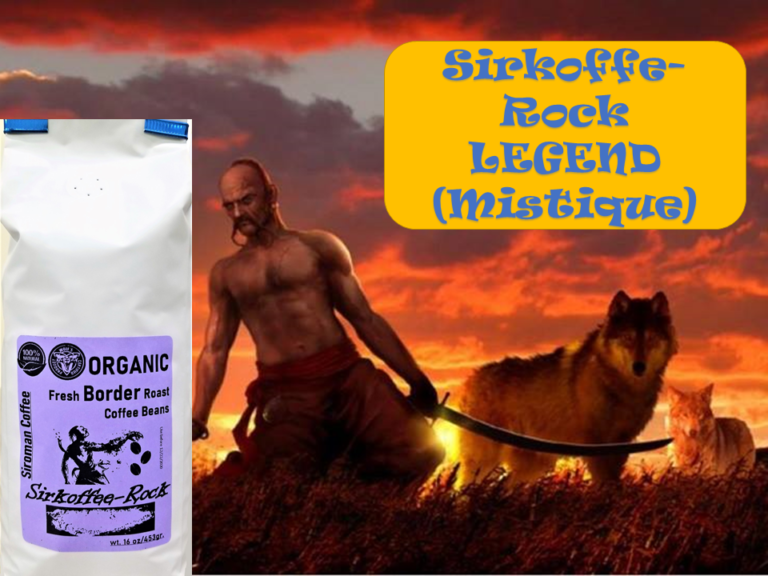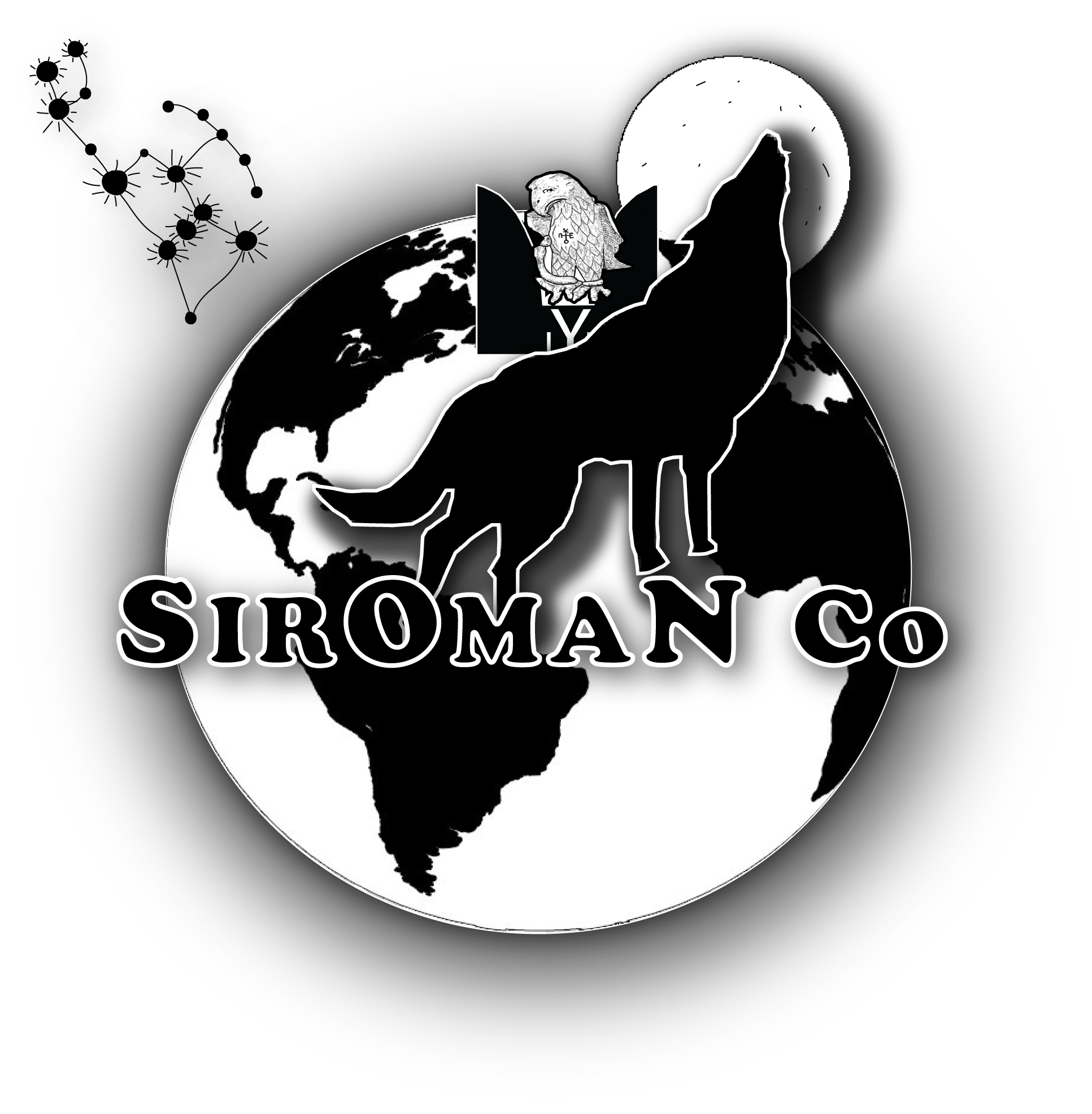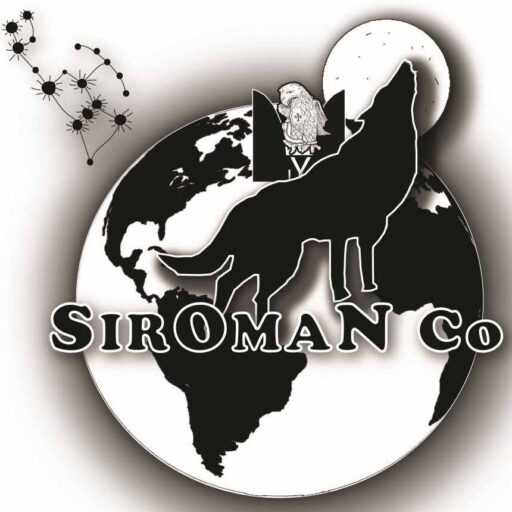The Story Begin from You
Siroman Coffee is a new page in the American story. Our company brings love and traditions from Europe supported just a little mystique and legend of European history combined with high-quality products.
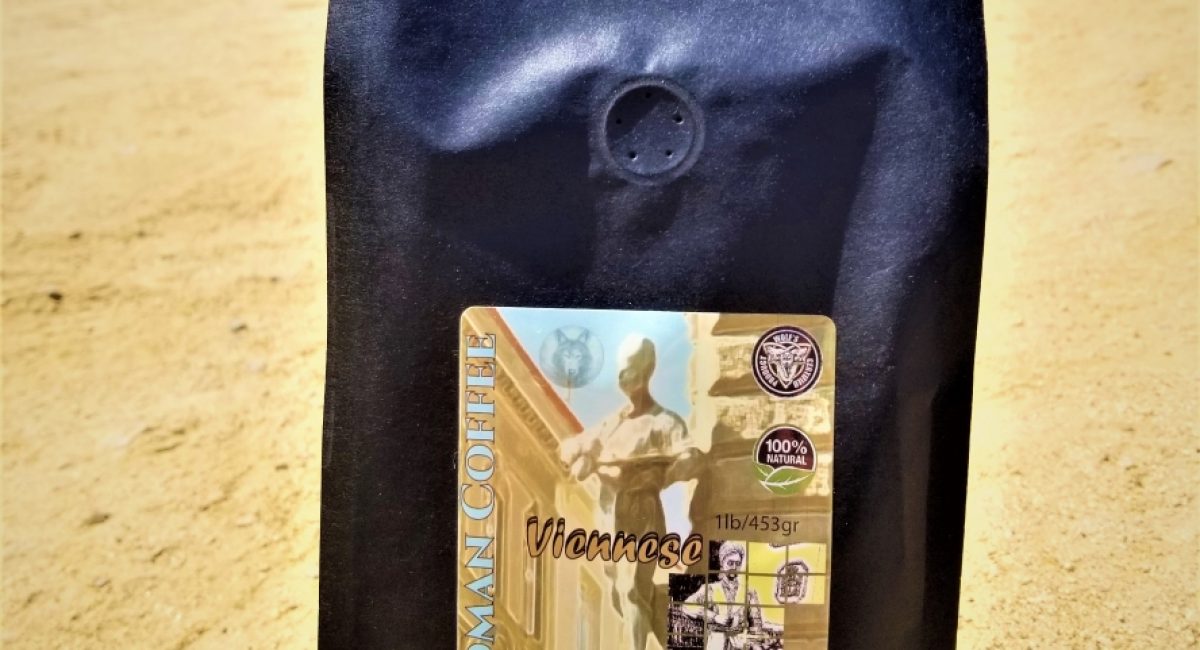

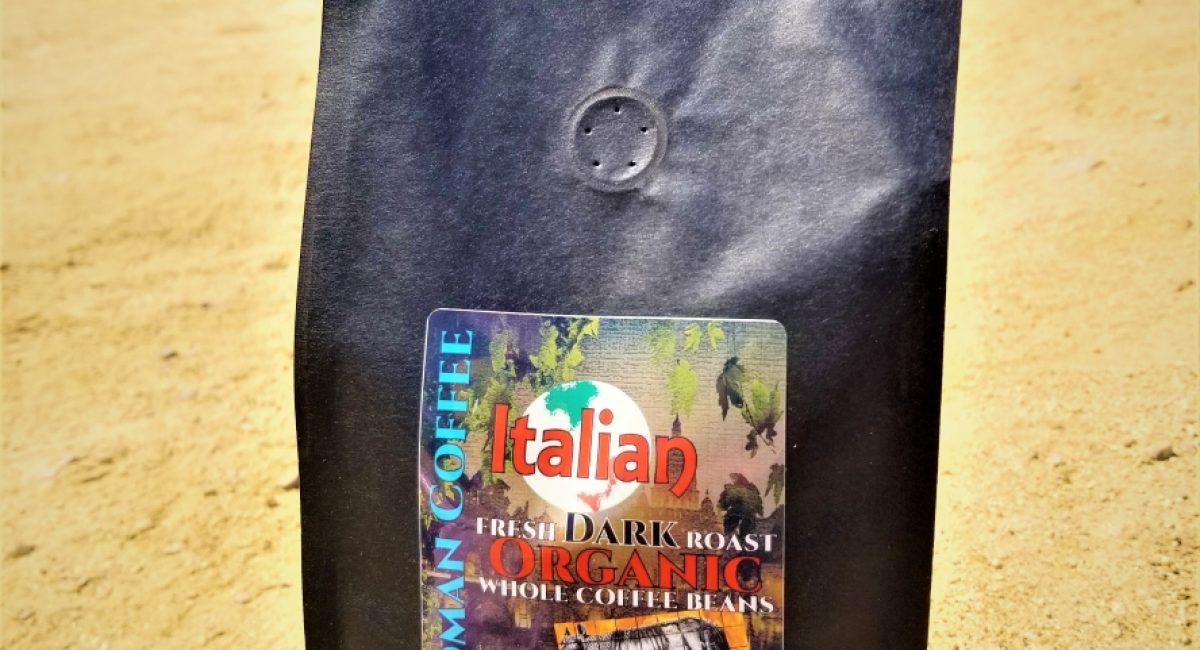
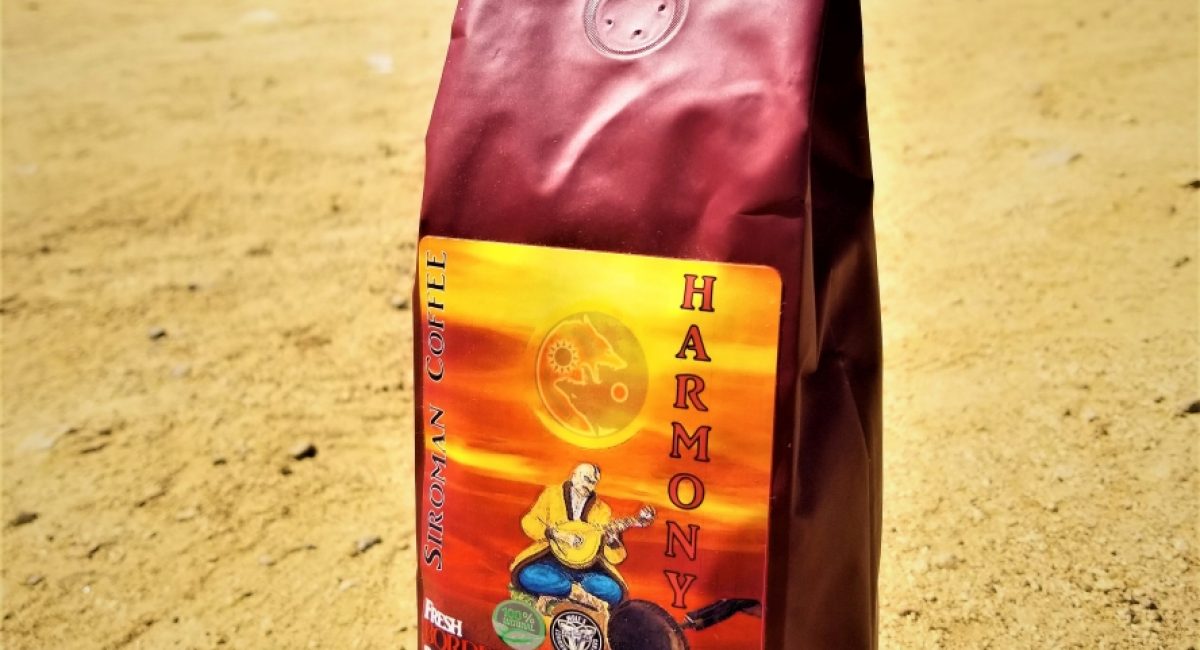
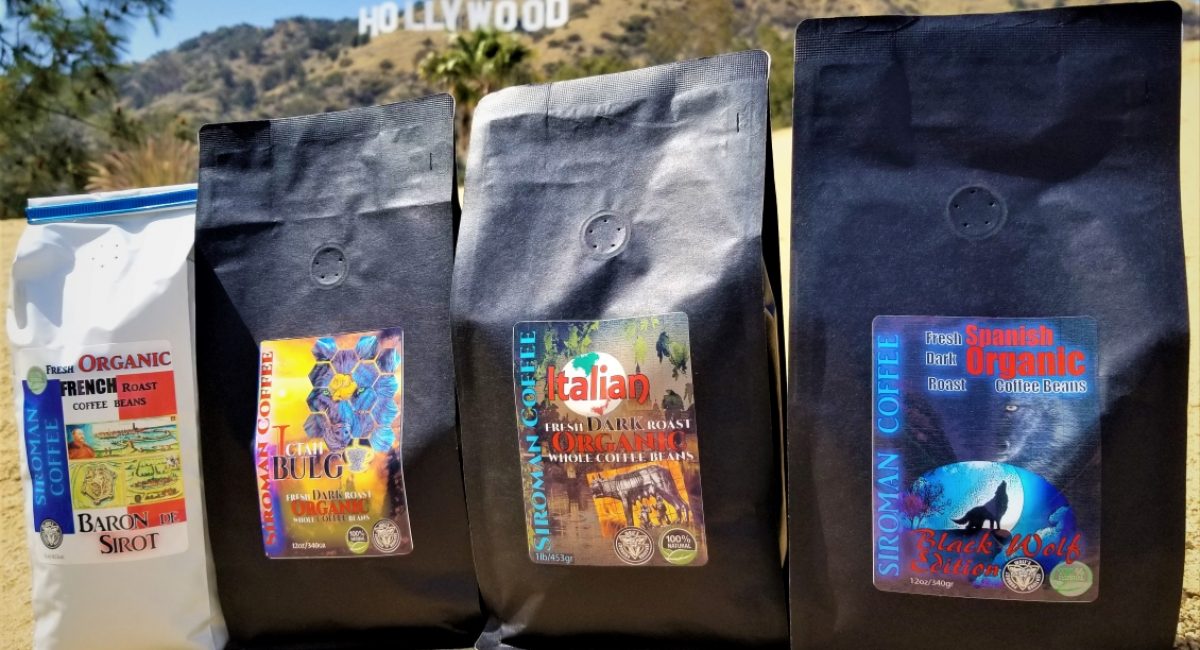
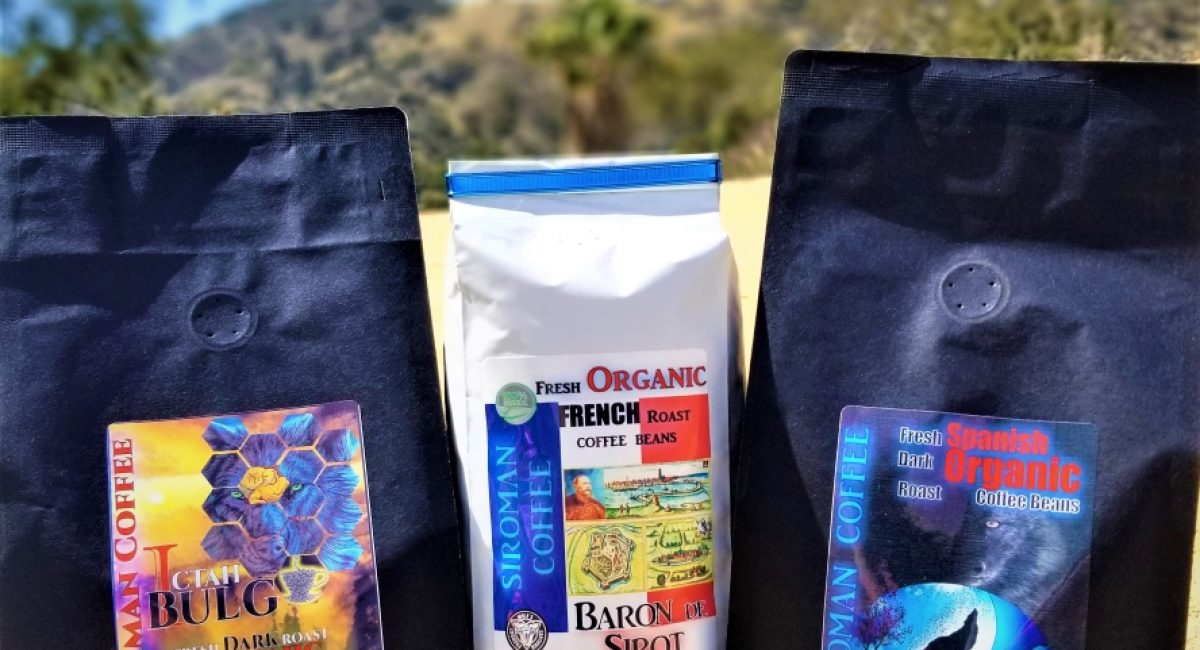
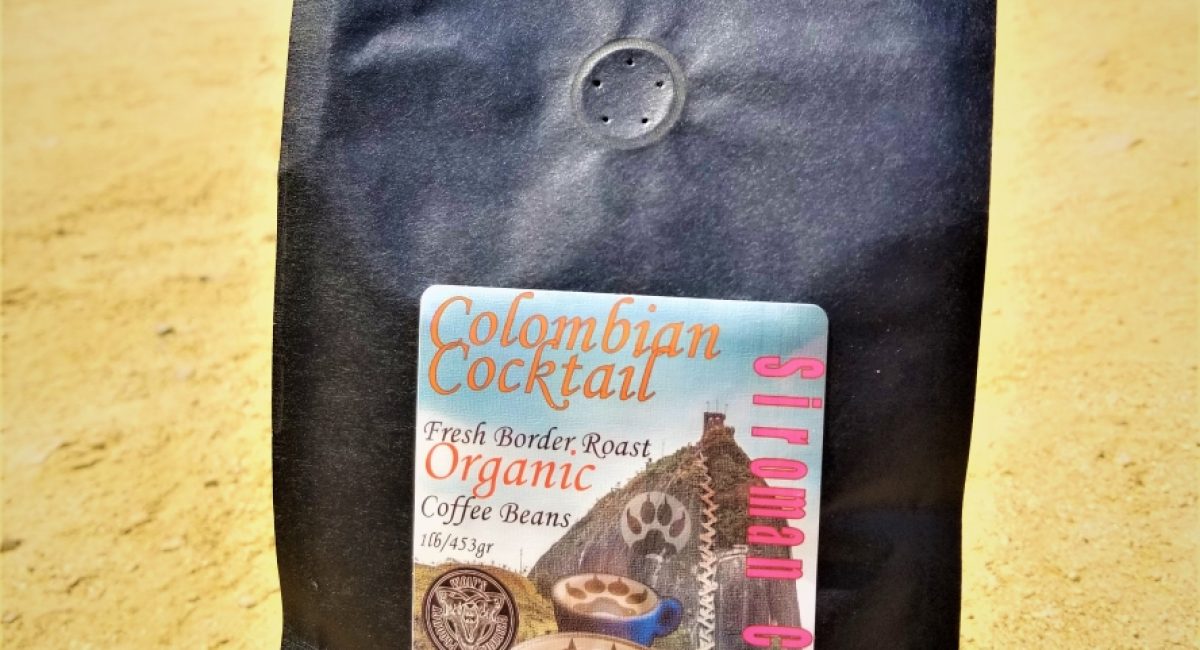
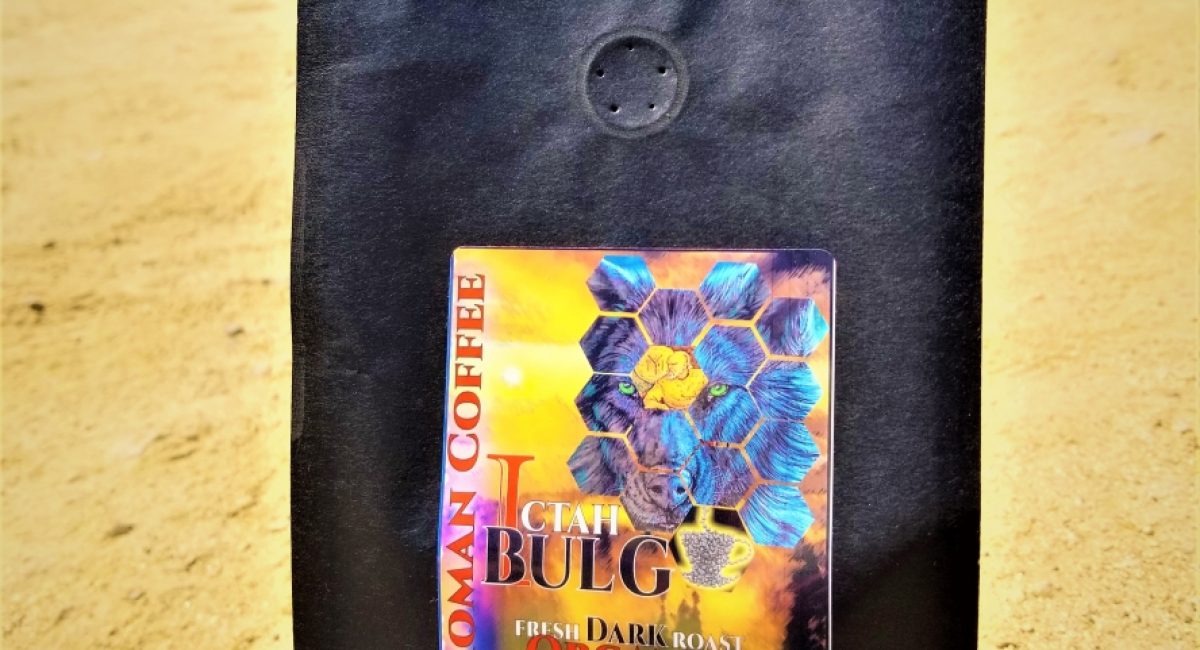
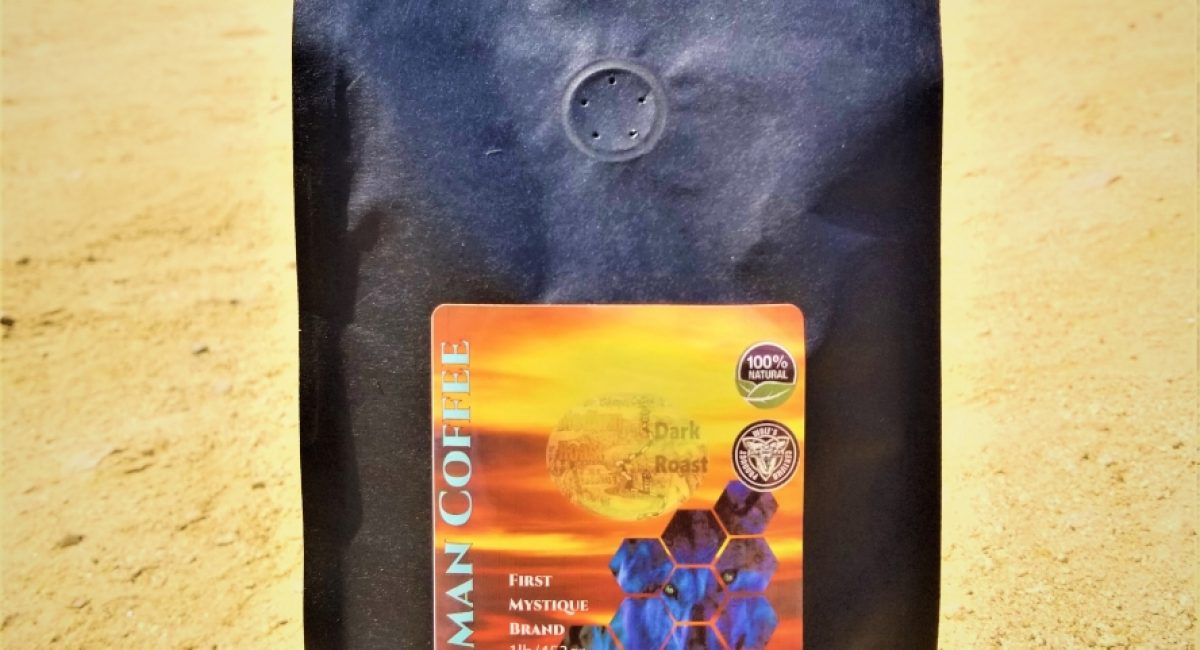

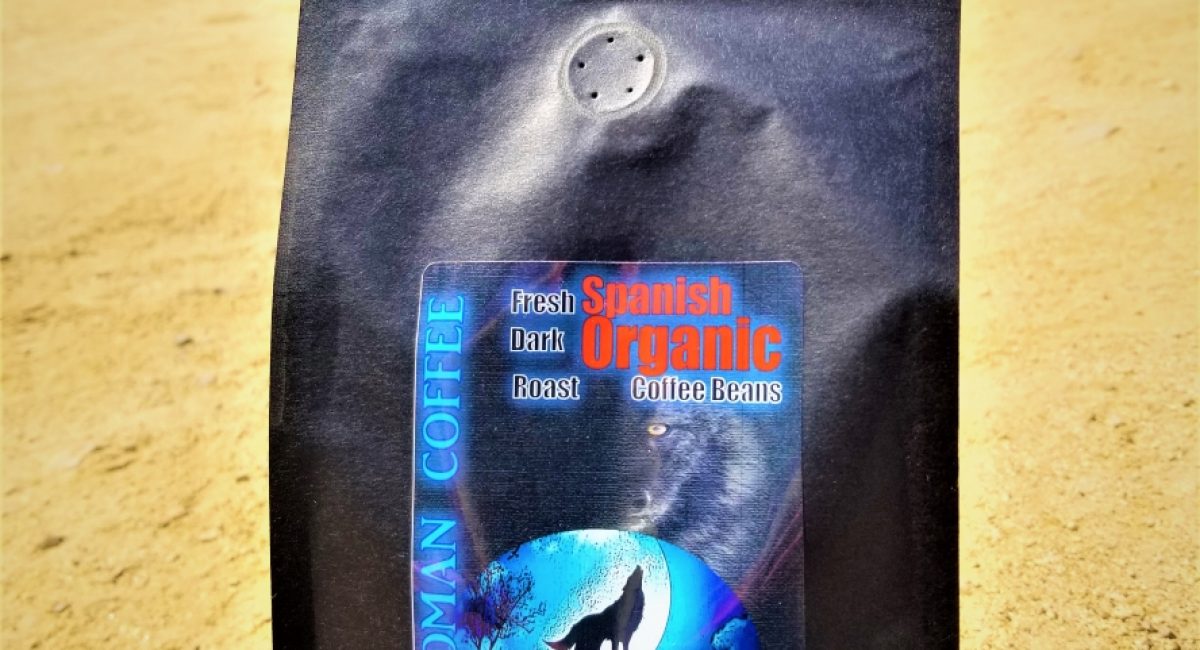
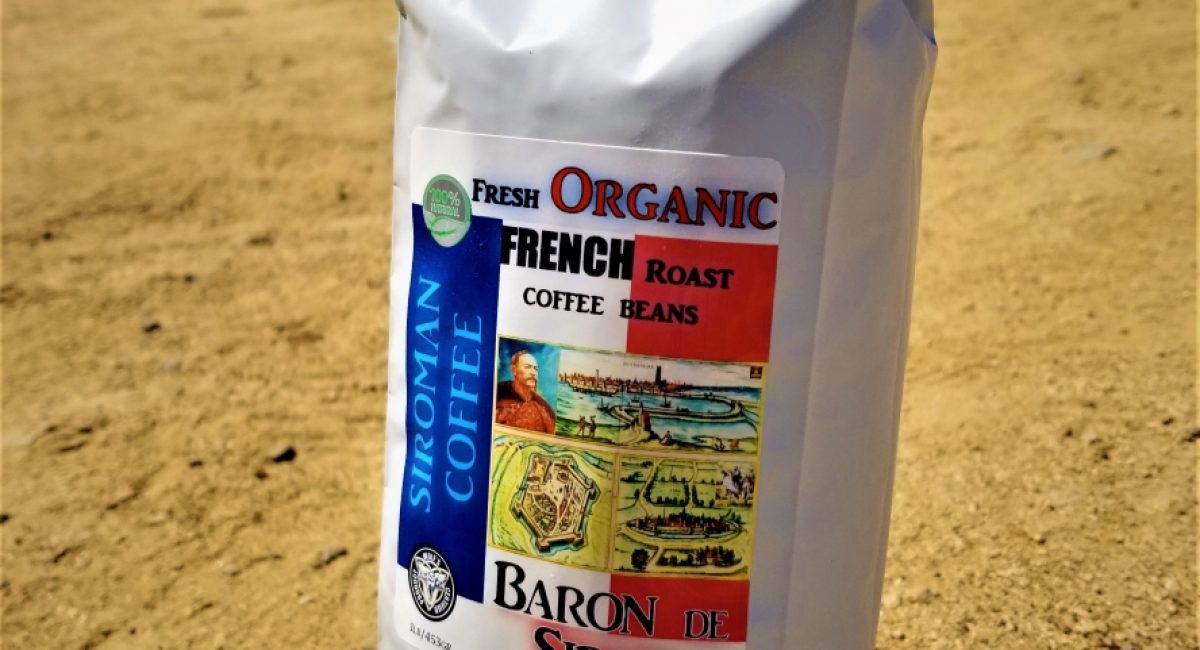

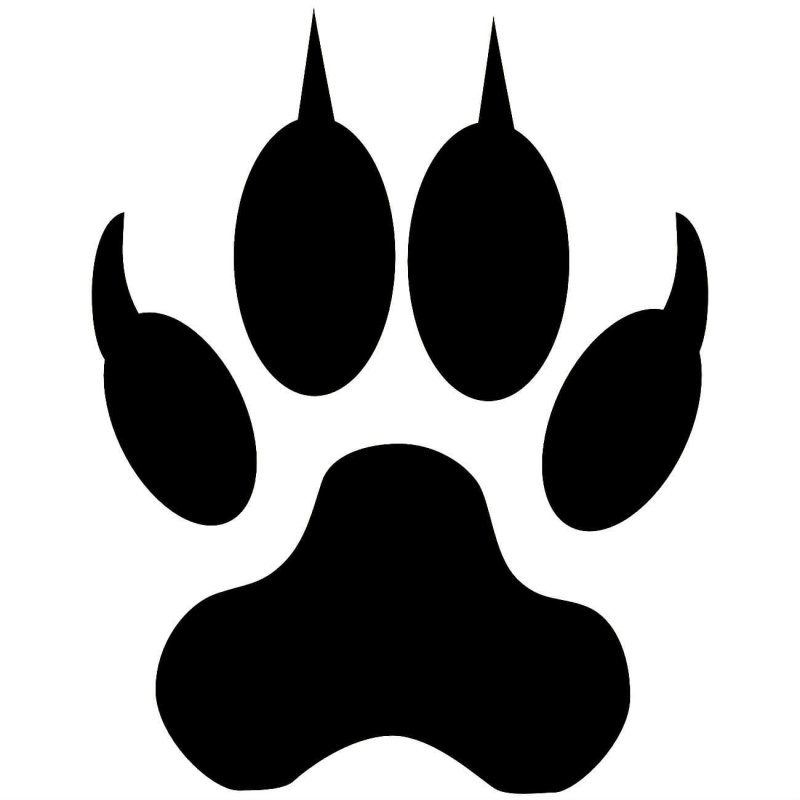
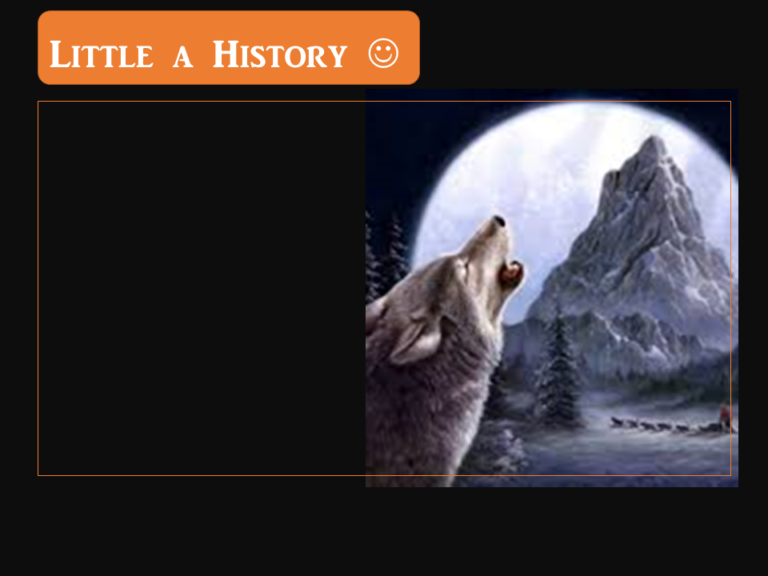
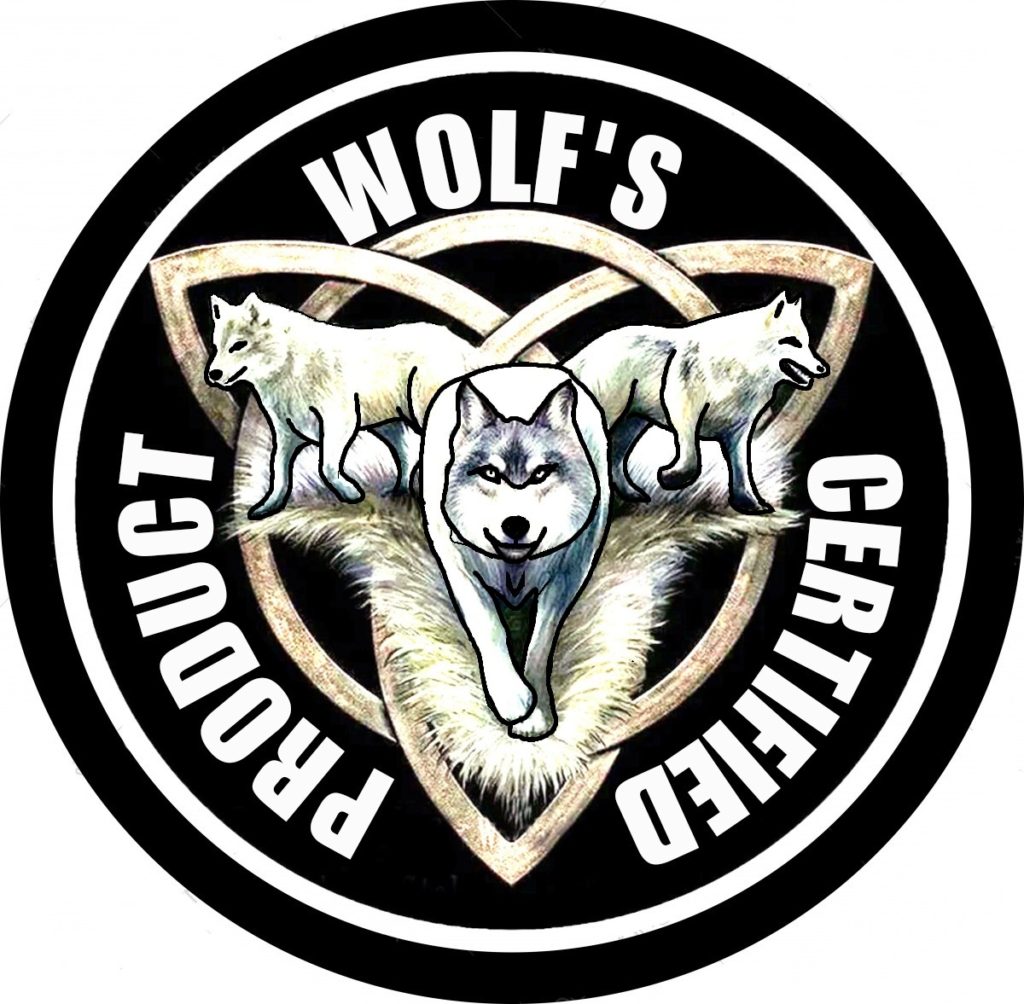
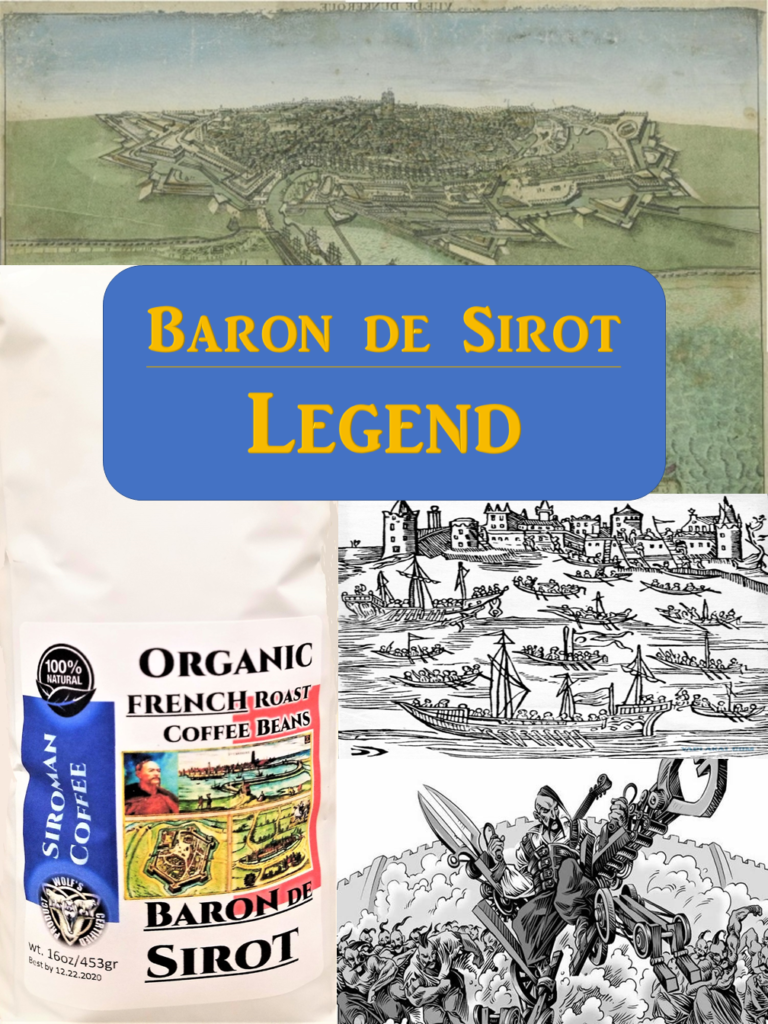
In 1645, France asked the Ukrainian Cossacks for help to storm the fortress of Dunkirk, which at that time was captured by the Spaniards, who controlled the adjacent territory both on land and at sea. All this happened during the “Thirty years war”. The French could not take possession of the city of Dunkirk for about ten years. They were not able to dislodge the enemy, even with the help of blocking by England and the Netherlands. In 1644, the French military engineer Boplan invited the French Ambassador to the Polish-Lithuanian Commonwealth to invite the Cossacks, who were among the best soldiers in Europe and often participated in European wars as mercenaries, to fight against the Spanish troops.
In October of the same year, the Ambassador twice negotiated with B. Khmelnitsky regarding the service of the Cossacks in the French army. In March of the following year, Khmelnitsky and ataman I. Sirko went to Fontainebleau, near Paris. Already on April 19, Khmelnitsky negotiated with the French command, during which an agreement was signed on the service of 2,600 Cossacks for a period of two years. The French, for their part, were obliged to pay 12 thalers to each ordinary Cossack and 120 to colonels and centurions. The Cossacks were to receive the French galleys, and the French in turn agreed not to interfere in the strategy and tactics of the offensive operation.
The Cossacks took the field in September 1645. They went by sea from Gdansk to Calais. During the year, Sirko’s Cossacks participated in the battles against Spain in Flanders. However, their main task was to storm Dunkirk, which at that time was an almost impregnable fortress, dug in by a deep ditch filled with water, and ten bastions were placed on a high rampart. The entire coast was surrounded by fortifications, and channels were dug along the beds of shallow rivers.
Prince Conde has repeatedly stated that the Cossack infantry is one of the best in the world, and constantly set it as an example to his soldiers. The Prince ordered the Cossacks to capture Dunkirk, where there was a five-thousand-strong Spanish garrison, which was covered from the sea by a military squadron.
1,800 Cossacks on foot and 800 cavalries made separate detachments.
The French front was 70 miles from Dunkirk. After assessing the situation, Khmelnitsky and Sirko resort to a trick and divide the building into two parts. According to their plan, a thousand Cossacks under the command of Sirko on French ships were to attack Dunkirk from the sea. Most of the Cossacks with Khmelnitsky himself remained in the Conde army for an assault from land.
Cossack-French troops captured and burned the surrounding cities. At the end of September, the Austrians, who were allies of the Spaniards, tried to break through the encirclement but were defeated.
At night, when the Cossack troops led by Sirk approached the city, they were immediately surrounded by a Spanish squadron, which in terms of the number of ships was twice as large as the French flotilla. While some French officers in a panic offered to surrender, the Cossack ataman takes command and orders the Cossacks to prepare for a boarding battle, and the French gunners to prepare to open fire. In addition, Sirko orders to raise white flags on all ships (a sign of surrender). When the Spanish ships approached, Sirko ordered to go on Board the ship. The Spaniards fired a salvo and damaged several French ships, but the hand-to-hand battle ended in a complete victory for the Ukrainians. During the battle, the Cossacks captured three Spanish guard brig, one of which was the commander of the Fort “Madrik”. Sirko offered the captive Admiral a choice-either he would pilot the French flotilla and lead it past the pilot tower (which had dozens of guns), or he would die. The Admiral immediately chose the first option. The commander gave the password, after which the Cossacks captured the Fort “Madrik” and already with its guns fired at the pilot tower and other fortresses of Dunkirk.
Meanwhile, Khmelnitsky with the main forces of his corps breaks away from the army of Conde and marches at an accelerated pace to Dunkirk. Already at night, Khmelnitsky’s Cossacks broke into the city from the land. When the Spaniards on the other side saw the Cossacks, the resistance stopped.
For the storming of Dunkirk, Khmelnitsky, Sirko and other senior officers were awarded French orders. After the battle, Khmelnitsky with part of the Cossacks returned to Ukraine, and Sirko with the majority, according to the agreement, took part in the war for two more years.
The inhabitants of Dunkirk were surprised by the trousers and curved swords of the Zaporozhye knights. The French were also struck by the humane attitude of crested men to both prisoners and civilians.
The heroism and high skill of the Cossacks were highly appreciated by the French command.
It is quite interesting that together with the Cossacks, the commander of the Royal Musketeers, count D’Artagnan, took part in the storming of the Dunkirk fortress — a real prototype of the main character of Dumas ‘ novel “The Three Musketeers”.
Later, during the national liberation war of B. Khmelnitsky, the French will actively support and sympathize with the Ukrainian people, remembering the contribution that he made to their history.
By the way, the French military engineer Guillaume de Beauplan left us such an invaluable treasure as “Description of Ukraine”. The work was printed in France in 1650. With his own measurements and research, the engineer created 12 maps of Ukraine, which he called “a beautiful and amazing country”.”…well-seasoned, easily tolerate heat and cold, thirst and hunger, tireless in battle, brave, brave, or rather, desperate, do not value their own lives,” — this is how this outstanding scientist and specialist saw Ukrainians.
Later this work was studied by: king Louis IV, Voltaire, Descartes, Napoleon, and others. Ukraine and its hetmans have become the main research topic of many French scientists.
Now there are people in France who remember that their great-grandfathers were Ukrainian Cossacks who fought in the time of D’Artagnan, and even try to unite in the so-called Cossack brotherhood. And on the coast of the English channel, a bust of Ivan Sirko is installed.
In 1966, during his visit to Kyiv, French President Charles de Gaulle addressed representatives of the Republic: “I would like to visit the grave of Ivan Sirko, a national hero of France.” Grave of the ataman — in the village of Kapulovka, Dnipropetrovsk region, de Gaulle and his wife went there and solemnly laid flowers at the Sulfur grave.
Cossaks march
There is an old legend in Ukraine about Sirko’s Rock:
“When the most difficult hour comes, and no one will stand up for the truth, or for the Homeland, or for our Highest Creator of Universe, then the graves will be opened and the immortals will come from oblivion, warriors of the Sword and the Spirit “.
